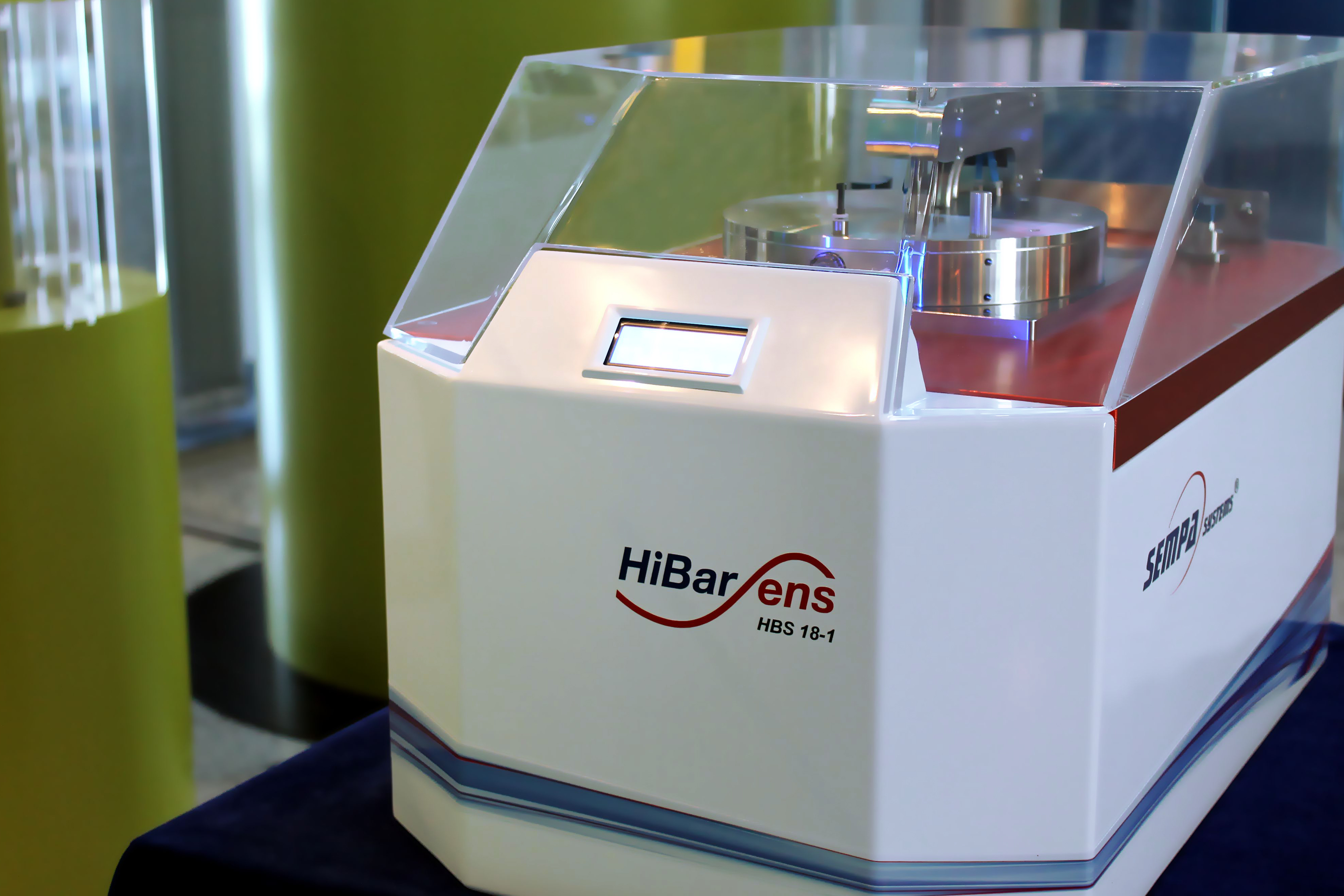Water vapor permeability determines the lifespan of vacuum insulation panels
A novel material for the insulation of structures has considerably drawn attention during recent years: vacuum insulation panels (VIP). The technology is convincing: the principle of a thermos flask is transferred to the thermal insulation of buildings. Through the use of VIP the heat transport is minimized by a vacuum inside the highly porous supporting structure.
A high barrier foil guarantees the protection against the surrounding atmosphere. The barrier coating prevents the atmospheric gas penetration, particularly of water vapor. Water vapor, on the one hand, increases the VIP´s inner pressure and thus the convective heat transport. On the other hand, it significantly increases the heat conduction of the scaffolding material, due to water vapor adsorption processes. The – only few centimeters thick – VIP show a significantly better thermal insulation, when compared to classical insulation materials. Nevertheless, they must maintain the low heat conduction properties over a typical lifespan of 20 to 50 years.
To meet this demand it is absolutely necessary to acquire comprehensive understanding about how much the water vapor transmission rate (WVTR) of barriers and seal seams influence the long-term insulating properties of VIP. To assess the long-term efficiency of VIP, it is furthermore of utmost importance to know the influence of thermal and mechanical stress on the water vapor permeability of barriers and seals. Scientists of the Fraunhofer IWS Dresden and the FIW (Forschungsinstitut für Wärmeschutz e.V. München), in close partnership with VARIOTEC (expert in the field of VIP fabrication) cooperated in a joint project, funded by the Federal Ministry of Transport, Building and Urban Development. They bundled their expertise to advance the development of VIP.
Over a two and a half year period the WVTR of many high barrier foils were tested. The IWS measuring device HiBarSens® was developed for reliable measurements of the extremely low WVTR below 0.001 g per m2 film per day (g m-2 d -1).This technology uses a laser beam to measure minimal amounts of water vapor, permeated through the foil. In the best case, it even measures foils with WVTR down to three magnitudes lower (10-6 g m-2 d-1).
The foils were accelerated by different aging and stressing procedures and the resulting WVTR determined under different conditions (temperature and relative humidity). The foils proved sufficiently robust with respect to these influences.
The seal seam is the crucial weak point of VIP. In this case, a specially developed adapter enabled the determination of WVTR by means of the laser-based HiBarSens®-technology. Well manufactured seal seams showed a WVTR increase of only 4.4% (related to a typical VIP size) and therefore an acceptable value.
The tests were completed by simulations, which predict the increase of the VIP´s inner pressure and thus of the heat conduction over several years. Here the barrier`s WVTR temperature dependence as well as the water vapor adsorption of the core structure was taken into account. It was demonstrated that these parameters alone allow for a reliable forecast of the heat conduction and thus of the insulation effect of VIP.
The successfully completed project may help to considerably increase the acceptance of the innovative VIP technology in the field of construction sector.
 Fraunhofer Institute for Material and Beam Technology IWS
Fraunhofer Institute for Material and Beam Technology IWS